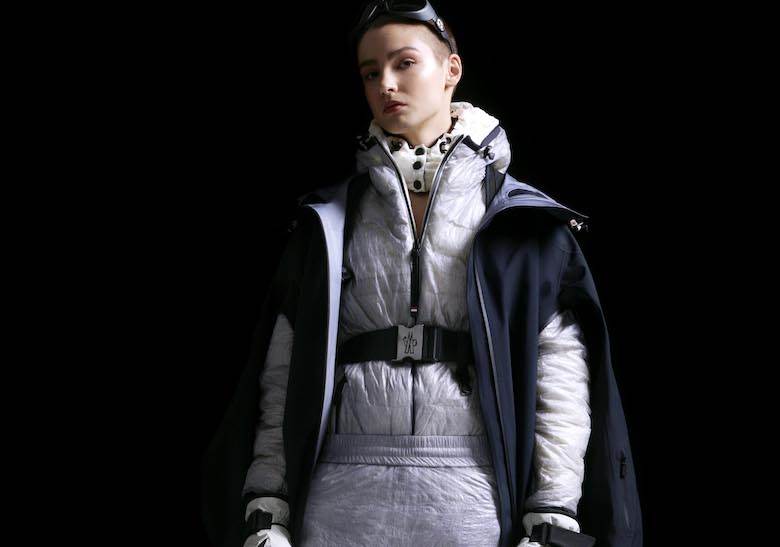Dyneema makes Moncler debut

High-end outdoor brand Moncler has launched a new skiwear collection named after Grenoble, the city that lies at the foot of the French Alps.
In this new collection, Moncler has used Dyneema composite fabrics from Royal DSM for the first time. These fabrics, made from Dyneema ultra-high molecular weight polyethylene (UHMWPE) fibres “fuse form and function into high performance skiwear”, the brand said.
In a departure from conventional fibres such as cotton and polyester, it explained that its design team had identified Dyneema as fabric that could push the level of its skiwear’s performance “to the next peak”.
Head of design for the new collection, Sandro Mandrino, is the person who picked up on Dyneema’s potential. In 2018, the brand launched a programme called Moncler Genius, in which it began working in a spirit of “radical co-creation” with nine designers to help it build up new content. One of those designers is Sandro Mandrino and one of the ideas he has come up with is to use Dyneema in Moncler clothing. The Grenoble collection is the result.
Using variations of the fabric in both white and black has allowed Mr Mandrino to merge together skiwear, space suits and technology, the brand said.
Dyneema appealed to him because it is 15 times stronger than steel, yet light enough to float on water. In fabric form, it is available in composites, denim, knits, wovens and hybrids for composite reinforcements.
DSM Protective Materials’ global business director, Marcio Manique, said the materials company was excited to be working with the Moncler team to launch “a collection of wonderful garments that allow people to explore the outdoors more safely and for longer periods of time”. He said DSM looked forward to supporting Moncler again in the future.
In May, DSM introduced its first bio-based UHMWPE fibre. Bio-based Dyneema boasts the same performance as the conventional fibre with a carbon footprint that is 90% lower than generic HMPE.
Moncler said the use of bio-based fibres will mean the partnership will help it provide garments that are not only high performance and lightweight, but clothes that also represent “environmentally sustainable alternatives that contribute to a more circular economy”.








